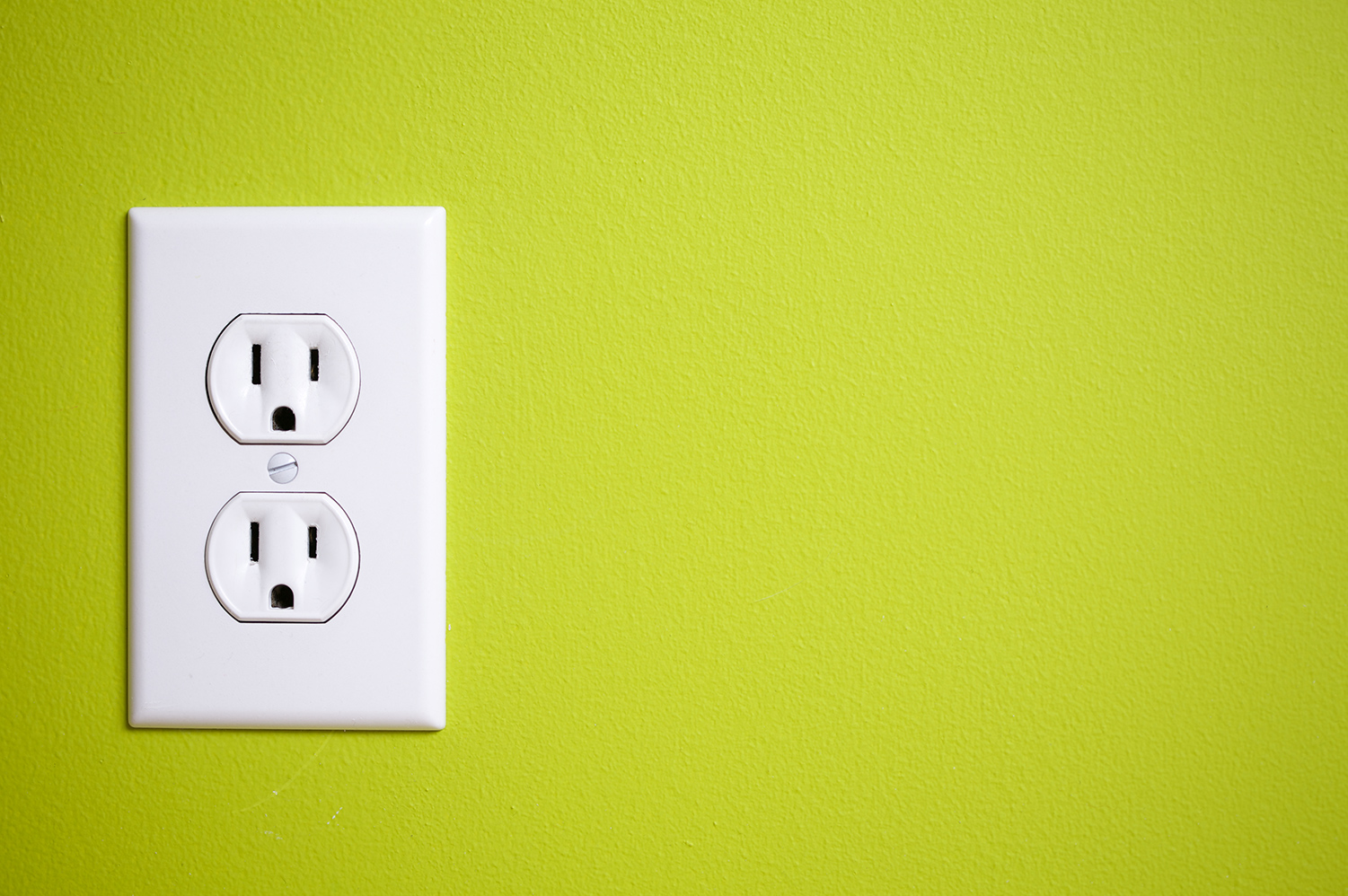In addition to integrations with Philips Hue, Amazon’s Alexa, and IFTTT, Sense integrates with five energy monitoring smart plugs and strips: the TP-Link Kasa EP25, TP-Link Kasa KP-115, TP-Link Kasa KP-125, TP-Link Kasa HS300, and Belkin Wemo Insight Plug. With the addition of these smart plugs, Sense not only gets detailed energy information about devices on those plugs, but also allows you to control devices directly from the Sense Home app, at home or on the go.
Note that newer versions of the TP-Link Kasa EP25, hardware version 2.6, are not currently compatible with Sense.
Setting up the smart plug integration
- Before turning on the integration, you should make sure your smart plugs are on the latest firmware. You can do this via the Kasa and Wemo apps.
- Go to Settings > My Home > Connected Devices, and enable the integration for your smart plug(s).
- Once enabled, it will take a few minutes for Sense to add your new smart plug devices to your device list
And that’s it! Once added, these devices will function like any other device in Sense, albeit with a couple key differences:
- Control. The added bonus is that you will also be able to control the smart plug device (turning it on/off) right from the Sense Home app, by tapping the on/off button, shown on both the Devices screen and in the Device Details view.
- What’s plugged in? For any smart plug device, you will also see a “What’s plugged in?” option in Device Details. We encourage you to answer this, so that you can better categorize the device, help Sense learn, and also ensure that you do not have any duplicate devices (in cases where you have a device on a smart plug that Sense has already detected).
Making your home more secure and efficient
If you already have either of these smart plugs in your home, you may well be using them for some important devices that could get left on accidentally, like a coffee maker, toaster, or hairstyling iron. By connecting them to your Sense monitor, you can take advantage of the Custom Notifications feature to alert you when your connected devices have been on for more than an hour, and now you can turn them off right from the Sense Home app. We’ve always given you the peace of mind that everything is safe at home when you can’t be there, but now you have the control to do something about it.
Smart plugs are also a great tool to manage your energy usage at home. For example, you might want to track the energy usage of your entire home entertainment system using a power strip connected to a smart plug. With smart plugs, you can track how many hours these devices are being used in aggregate, set Goals based on that usage, and even set up an alert when usage exceeds a certain amount. And if you really want to dig into the data, your smart plug devices will also show up in Data Export.
Part of your home energy management plan should involve tracking down vampire energy drains and our smart plug integration can help. As your smart plugs accrue data, Sense will start to learn about the power states of your connected devices. In addition to the typical “off” and “on” states that Sense already recognizes, a new “idle” state has also been introduced. For example, if you have a TV or DVR that always draws a few watts even when it’s “off,” and then shoots up in energy when you actually turn it “on,” Sense will begin display an “idle” state instead of “off.” Maybe it’s best to leave your entertainment system smart plug turned off until you’re ready to use it?
How this improves device detection
This integration can make immediate improvements to device detection within your home. Devices that don’t have a distinctive energy signature — because they are always on, have inconsistent patterns, consume very little energy, or multiples of the same device are running in the home — can be challenging for Sense to detect. Smart plugs allow you to get immediate detections for many of these devices. For large 120V or 240V devices and appliances that are not able to be used with a smart plug, Dedicated Circuit Monitoring is a viable option.
While this is especially beneficial to your home, it’s also helping Sense learn and improve device detection for the entire Sense community. The aggregate data from these kinds of energy monitoring smart plugs helps our data science team collect ground truth about devices that Sense is still learning to identify on its own. Plus, by labeling devices connected to your smart plugs, you’re helping Sense learn even faster by feeding the device’s electrical signature directly into the neural networks that power our Community Names feature. Your input will help Sense’s device detection capabilities grow over the coming years.
Looking for more information about how this integration works? Check out these articles in our Knowledge Base, or read the Release Notes and join the discussion on our Community forum.
